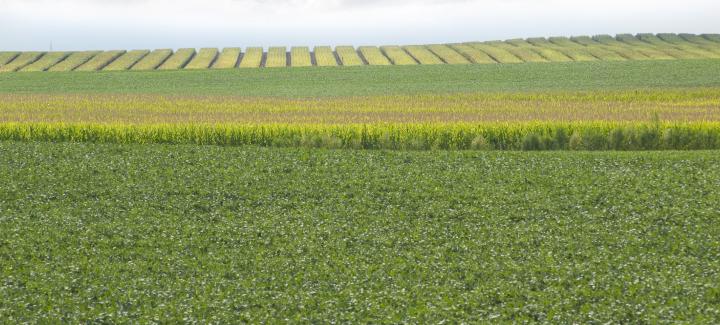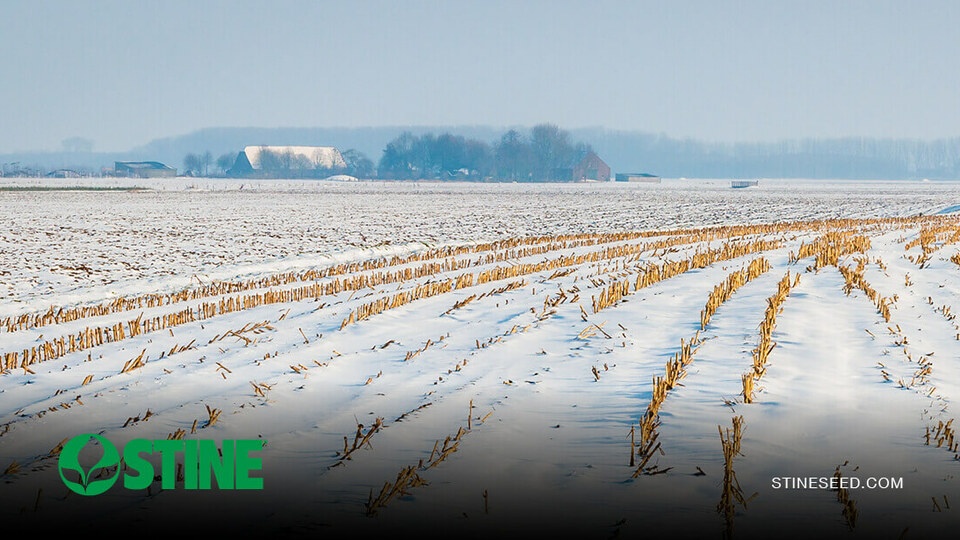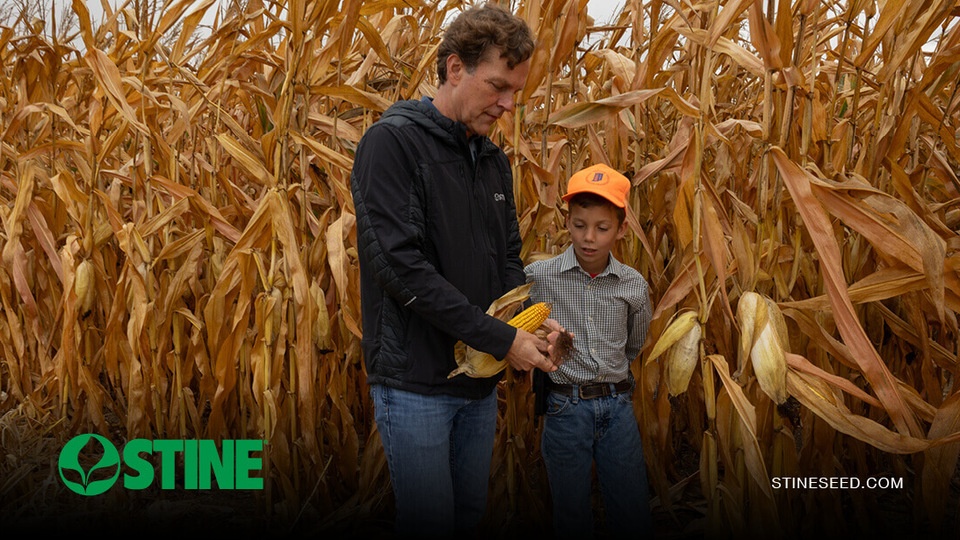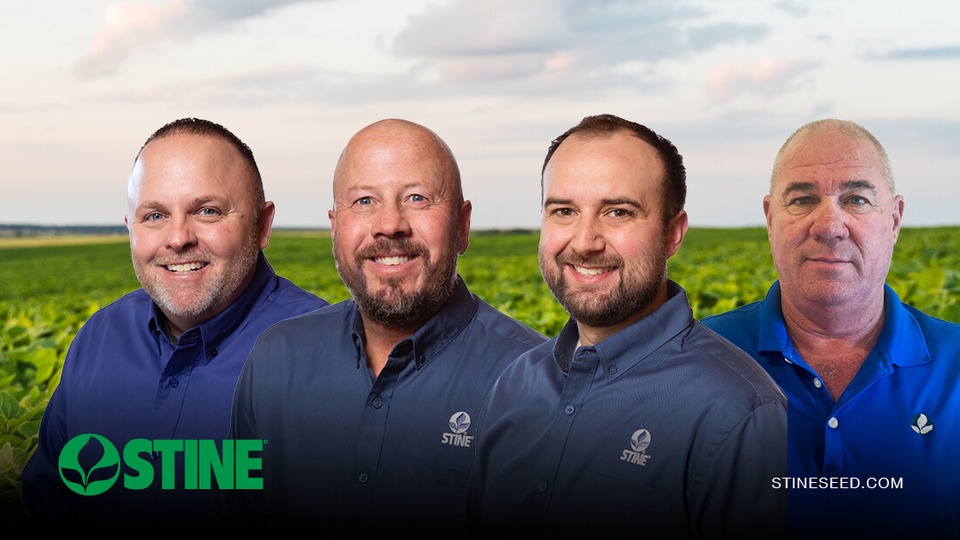Worried about ag input costs and availability in 2022? Communication is key.
November 2021
Fertilizer applications are critical to higher yields just as herbicides are essential to effective weed control. So, what happens when both the key nutrients that make up your fertilizer applications and the chemicals that formulate your favorite herbicides are in short supply? Prices go up. Unfortunately, that’s the reality we’re in and what we’re hearing as a growing concern from our customers as they wrap up harvest and look to what inputs they need for a successful 2022 growing season. Here’s what we know.
A growing concern
Supply chain issues are a growing concern throughout a number of industries, and the ag industry is no exception. Challenges are arising because of not one, but multiple issues — from where inputs are produced to how they get to the end user. Experts say the issues include, but are not limited to:
- Labor shortages. The COVID-19 pandemic left many ag industry employers in short supply of a skilled workforce. While employers may be working to fill these positions, they still may be left with a backlog that resulted from the labor shortages.
- Weather disruptions. The 2021 freeze in Texas last winter affected the electrical grid and shut down chemical plants. The backlogs this issue caused may still impact domestic production from these plants. And Hurricane Ida, which ripped through the Gulf Coast earlier this year, flooded and shut down chemical plants and caused congestion in the Gulf port and with Mississippi River transportation. These events have also led to increased energy costs.
- Global trade issues. Increased tariffs and regulations on exports from fertilizer-producing countries have slowed shipments of these inputs, increasing our reliance on domestic supplies.
- Transportation woes. Increased energy costs, labor issues, equipment shortages and more have resulted in increased transportation costs to get these inputs to and from their destinations. These issues have also resulted in a backlog in transporting these products, from manufacturers to suppliers to end users, so transportation providers are experiencing congestion and increased demand.
Communication is key
Having a conversation with your local agronomist or whoever is sourcing your product(s) is key to planning ahead for these shortages. Have a conversation with your input supplier to get their thoughts on whether the product(s) you need will be available by the next growing season. Work with your local Stine agronomist to determine what path you may need to take when the fertilizer you need may not be readily available next spring. Here are a few things to consider.
Fertilizers. Nitrogen prices are drastically increasing, and other nutrients are in high demand but with short supply. Optimal fertilizer is more of a concern in corn production than in soybeans, but not all hope is lost for growers who wish to stick with their corn acres in 2022.
Some questions our experts may ask when determining your fertilizer options for next season include: What do your recent soil testing results relay? What’s your previous crop history? What’s your budget, even if it’s your break-even budget? Our experts agree that a sound fertility plan should always start with soil testing. Growers need to understand what nutrients are in their soil and what the previous year’s crop took out. After reviewing the results with you, an agronomist can help you determine your baseline for fertilizers and what different strategies can be put into place. These strategies may include looking at different sources of nitrogen, splitting nitrogen applications, or reducing the amount of phosphorus and potassium if your levels are within or close enough to yield goals based on your soil tests.
Regardless of your situation, an agronomist or local extension expert can be a sounding board and provide valuable insight on the best path forward during this challenging time.
Chemicals. It’s no secret how the supply chain issues are impacting popular herbicides. Your go-to chemistry for effective weed control may be in short supply next growing season, but there is reason to be encouraged. Consult with your local Stine agronomist or a herbicide expert on ways you can still put up a solid defense against tough-to-tackle weeds.
One consideration on the chemical side is to know what you’re buying. With some of the more popular brands being less available next growing season, you may be tempted or persuaded to try an off-brand that may not be as effective as your original go-to. Do your research before you go with a lesser-known chemistry. And, in some cases, it may make sense to manage your herbicide program with a pre-emerge chemistry with residual capability. This way you depend less on post-emerge products.
Fortunately, products like Stine brand Enlist E3® soybeans offer herbicide flexibility, not only with the ability to use different chemistries but also with a wider application window than other traits currently on the market. Your Stine agronomist can help you determine what soybean or corn traits it may make sense to switch to in the event your regular herbicide program isn’t immediately available for 2022.
It’s unsettling to not know what the market for fertilizers and herbicide chemistries will be by the next growing season. It’s in a grower’s best interest to do their due diligence to plan ahead as best as possible for any worst-case scenarios. Help is available through your Stine regional agronomist who can provide sound insight and help you ask the right questions to set you on a path to success for the 2022 season. Reach out to your local Stine sales agronomist today.
Related Articles
-

2025 reflections: Trust, growth and shared success
December 2025 in General
-

Rooted in gratitude
November 2025 in General
-

From dream to reality: Just a Jackson Thing’s first corn harvest with Stine®
November 2025 in General
-

Stine® retail development group expands
September 2025 in General



